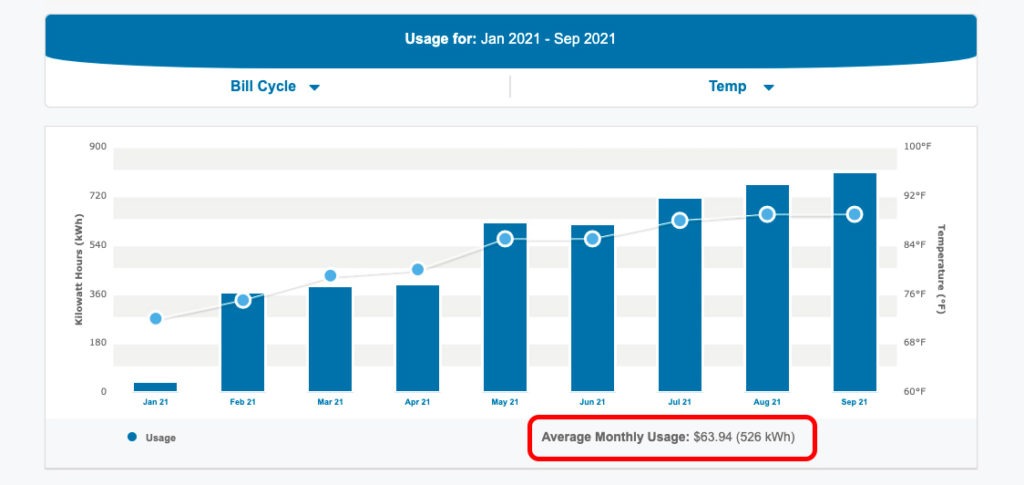
Parental Note: This assignment is geared towards ages 9 and up. Adult assistance will be needed to determine the amount of energy consumed each month for the household. This will likely require logging into your account on your energy provider’s website.
Additional Note: This assignment will take roughly 1 hour to complete.
Experiment Overview:
Our homes are using energy all day, every day. The refrigerator runs all day and night, and when it’s hot outside, so does the air conditioner. Every time you flip on a light switch, turn on the oven, run the dishwasher, or take a hot shower, you are using electrical energy too! Have you ever thought about how much energy your house uses? Do you know where that energy is coming from? Is it from coal, natural gas, nuclear power, solar power, wind, etc.? Electricity can come from many different sources, and many forms of energy production are actually harmful to the environment. Fossil fuels, such as coal and natural gas, emit greenhouse gases such as carbon dioxide, sulfur dioxide, and nitrogen oxides into Earth’s atmosphere, which are the gases that are mainly responsible for driving global climate change.
In this activity, you will investigate the sources of your home energy supply, and calculate your household’s emissions. Next, you will think of ways that you and your family might be wasting energy at home, and brainstorm some ideas for how to conserve energy to save money and do less harm to the environment.
Experiment Materials:
- A computer with internet.
Experiment Process:
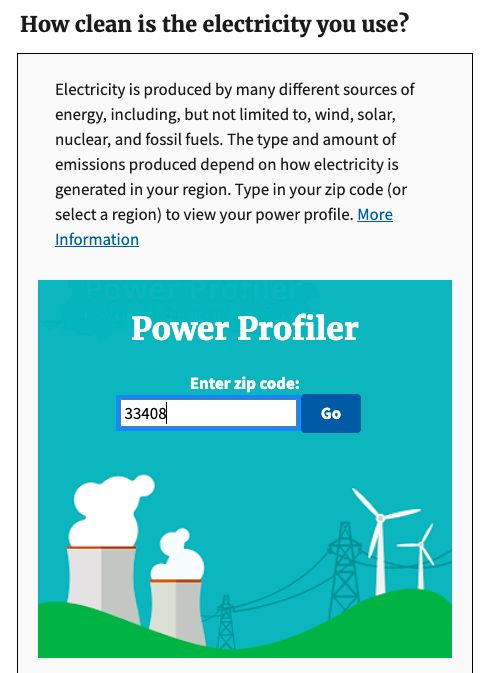
Step 1
Visit https://www.epa.gov/egrid/power-profiler#/ and in the box on the left-hand side of the page, type in your zip code.
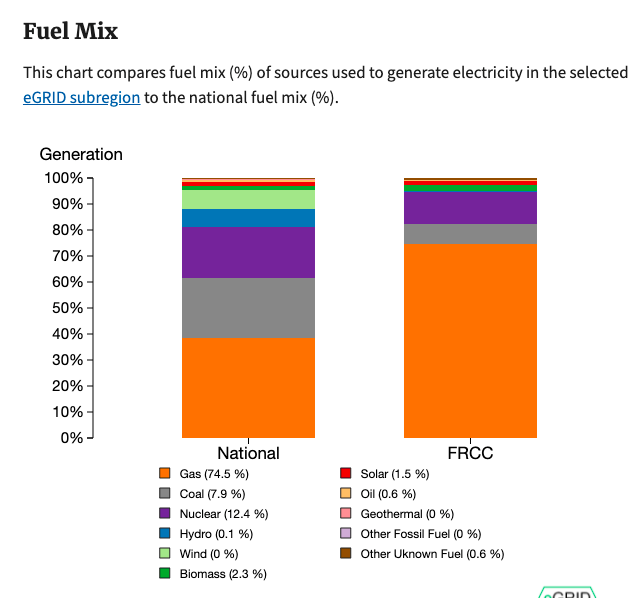
Step 2
Scroll down to the page section that says “fuel mix” and look at the bar graph. The left bar shows the breakdown of energy sources used across the nation, and the right bar shows the breakdown of energy sources for your zip code. What are the top three sources of energy in your zip code?

Step 3
Now that you know where most of your energy is coming from, let’s find out how much energy your household is using. To do this, you will need to find the number of kilowatt-hours (kWh) used per month. A kWh is a measure of energy. You can ask an adult in your house if they can look it up on your energy provider’s website by logging into their account. Many electrical providers offer this information to customers online. The screenshot above is an example of what this might look like. If you cannot find this information, you can use the national average, which is 990 kWh
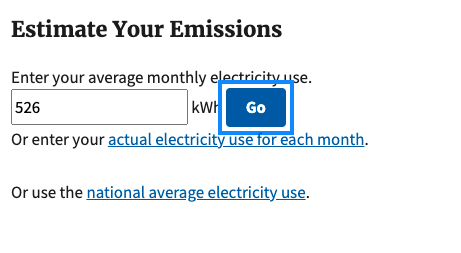
Step 4
Now, let’s find out how much greenhouse gas emissions your household’s energy consumption produces. Go back to https://www.epa.gov/egrid/power-profiler#/ and scroll down to the section that says “estimate your emissions.” Type in your household’s monthly kWh if you know it, or type in the national average.
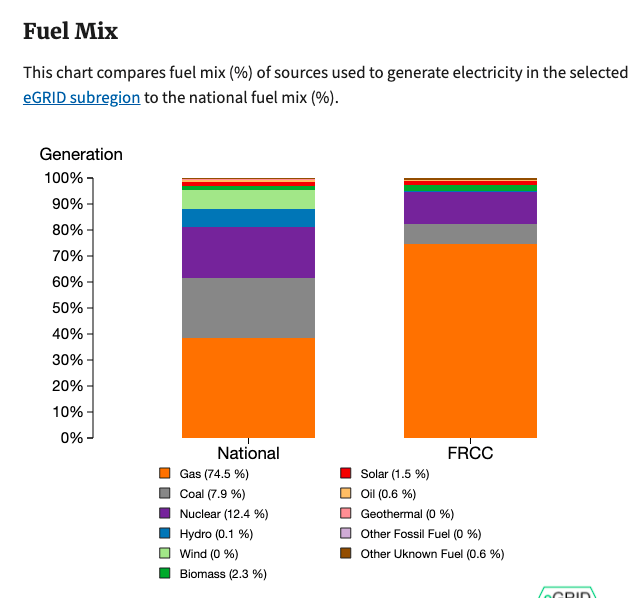
Step 5
Look at your results! In the section that says “annual results,” you can read some details about your average monthly electricity use. The green graph below this shows you how your electricity use compares to the national average. Do you consume more or less energy than the average household in America? The bar graphs below that show the different types and amounts of greenhouse gases that your energy consumption is emitting (e.g., carbon dioxide, sulfur dioxide, and nitrogen oxides). For each bar chart, the left (blue) bar shows the national average, the middle (orange) bar shows the average for your zip code, and the right (red, green, and purple) bars show your emissions. How do your household emissions compare to others in your area?
Conclusions:
Nowadays, society is very reliant on electrical energy. We use electricity for so many daily needs, but most people have no idea how much energy they use or where that energy comes from. For those who care about their impact on the environment or saving money, finding out this information is the first step towards becoming more energy sustainable. This could mean taking steps to use less energy every day, replacing old appliances with new ones that are more energy efficient (use less energy to do the same amount of work,) or it could mean switching over to renewable energy sources such as solar and wind. Now that you know your energy breakdown and emissions, do you think that your household could possibly be using less energy?
Extension:
Extension Activity:
Visit https://kids.britannica.com/students/article/home-appliance/274927 to find out which types of household appliances typically use the most electricity.
Extension Questions:
- Think about the different appliances you have in your house. What are three things you could do every day to reduce the amount of energy being used at home?









